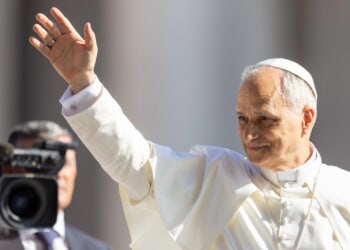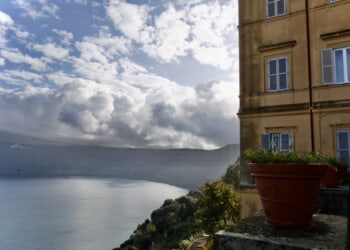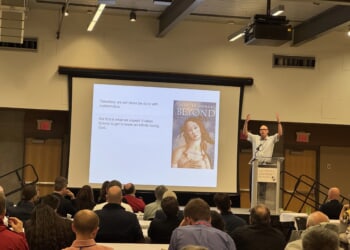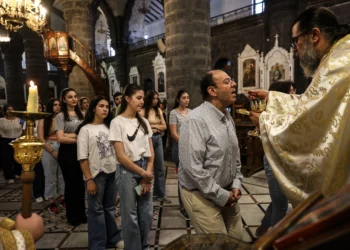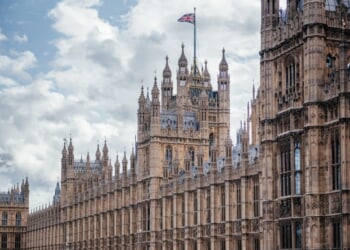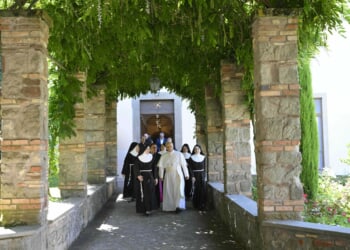Lima Newsroom, Jul 24, 2025 /
06:00 am
On the evening of July 21, the Peruvian government, led by President Dina Boluarte, presented “Leo’s Route” simultaneously from four regions in Peru. The project seeks to show the world 39 places related to Pope Leo XIV’s life in the country.
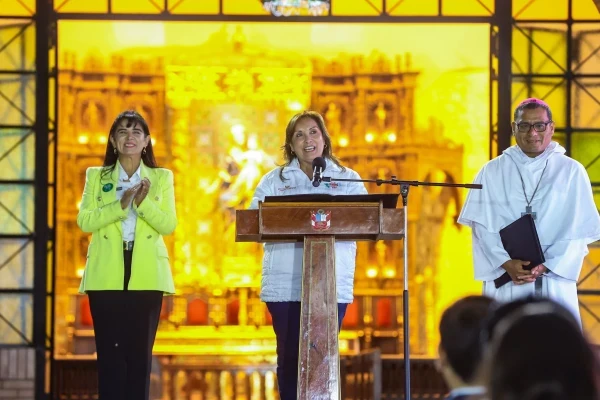
The presentation of the project, also known as “Paths of Pope Leo XIV,” took place in the regions of Lambayeque — where Robert Prevost, the current pope, was bishop of Chiclayo — in La Libertad, Piura, and Callao, where he served as apostolic administrator.
In Lambayeque — where Boluarte and the current bishop of Chiclayo, Edinson Farfán, were present — the president stated that “we have here a route that not only runs through streets or churches but also through the memory, faith, and hope of a people who never stopped dreaming and who today can proudly say that we have a Peruvian pope.”
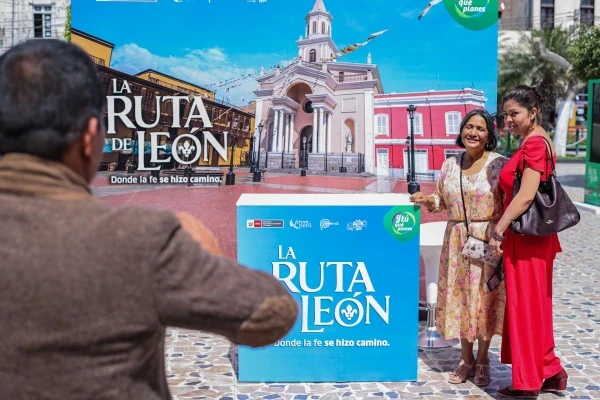
Although Prevost was born in the United States, he became a naturalized Peruvian citizen in 2015, when he was appointed bishop of his “beloved diocese of Chiclayo,” as he said in his first words to the world, speaking in Spanish, after being elected pope. He also recently updated his information to renew his DNI, the national identity document for Peruvians.
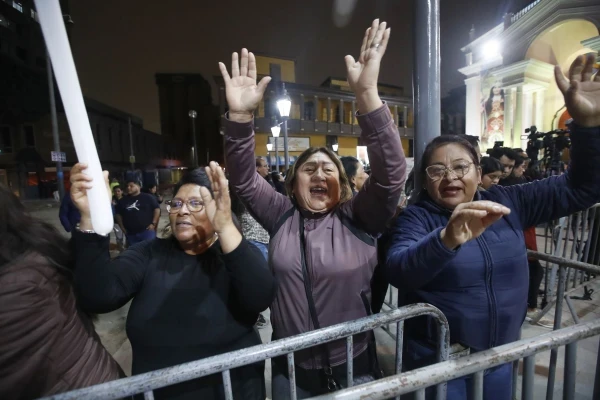
A few days ago, the minister of foreign trade and tourism, Desilú León, emphasized that “this is not just a religious route; it is an integrative project that combines together culture, infrastructure, services, faith, and identity. It is also a commitment to local development through tourism.”
In Lambayeque, the region where the city of Chiclayo is located, 22 tourist points of interest have been identified, organized into four circuits that combine religious, cultural, and natural heritage, such as St. Mary’s Cathedral, the Cross of Motupe, the Pómac Forest, and Pimentel Beach.
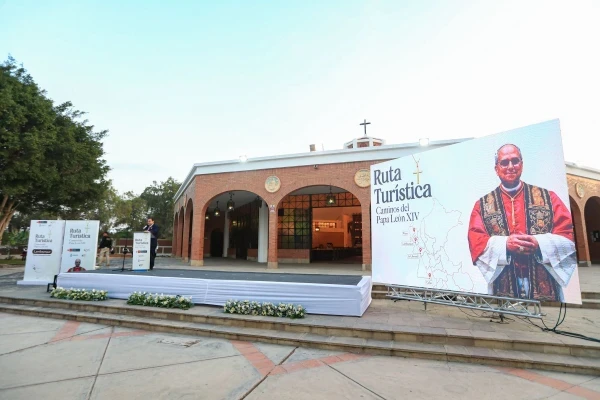
In Piura, there will be eight destinations, including St. Joseph the Worker Parish and the Holy Family Cathedral, both in Chulucanas, and the town of La Encantada.
In Callao, there are four destinations: the “Mother Church,” St. Rose Parish, the diocesan chancery, and the Carmen de la Legua district; while in La Libertad, there are five destinations, including St. Thomas of Villanova Convent and the Sts. Charles and Marcellus Major Seminary in Trujillo, where Pope Leo XIV was a professor.
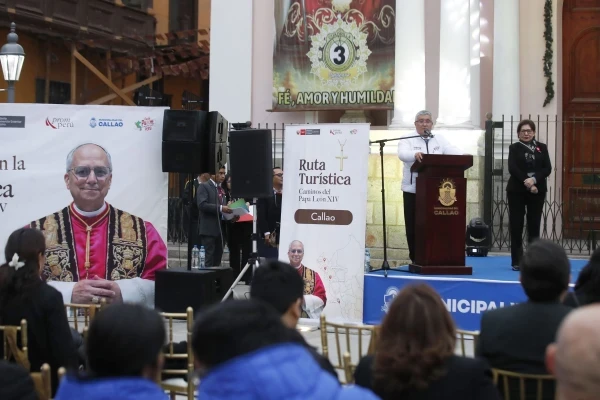
Leo XIV arrived as a priest in Chulucanas in the Piura region of Peru in 1985. He returned to the United States and then came back to Trujillo in the La Libertad district, where he stayed for 11 years. In 2014, he returned first as apostolic administrator and then as bishop of Chiclayo; and years later, he also served as apostolic administrator of Callao.
For the first stage of this route, which has involved coordination with four regions and 20 municipalities, the government has allocated a total of 540 million soles (approximately $151 million).
“In a world with more than 7 billion inhabitants, there is only one pope, and that pope chose by his own decision to become Peruvian. Everything we do to showcase his work will always fall short of his greatness,” the minister stated.
(Story continues below)
Subscribe to our daily newsletter
This story was first published by ACI Prensa, CNA’s Spanish-language news partner. It has been translated and adapted by CNA.




